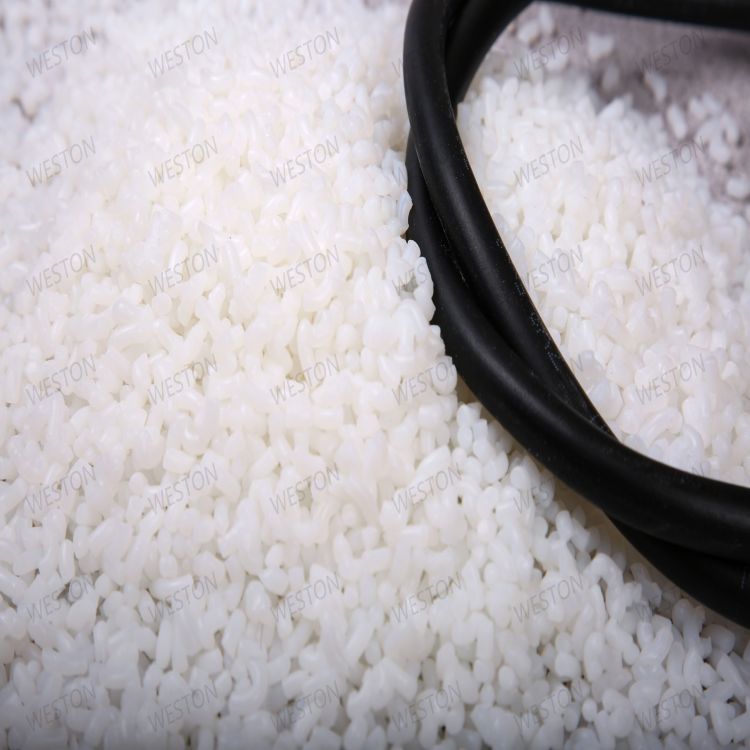-
Categories
-
Pharmaceutical Intermediates
-
Active Pharmaceutical Ingredients
-
Food Additives
- Industrial Coatings
- Agrochemicals
- Dyes and Pigments
- Surfactant
- Flavors and Fragrances
- Chemical Reagents
- Catalyst and Auxiliary
- Natural Products
- Inorganic Chemistry
-
Organic Chemistry
-
Biochemical Engineering
- Analytical Chemistry
- Cosmetic Ingredient
-
Pharmaceutical Intermediates
Promotion
ECHEMI Mall
Wholesale
Weekly Price
Exhibition
News
-
Trade Service
Recently, the team of researcher Wang Feng from the Bioenergy Chemicals Research Group (DNL0603) of our institute cooperated with the team of specially-appointed researcher Wang Min from Dalian University of Technology to make new progress in the research of preparing H 2 and C 1 products from photocatalytic biomass polyols , using surface sulfuric acid The root-modified CdS catalyst ([SO 4 ]/CdS) realizes the conversion of biomass polyols into synthesis gas under visible light at room temperature
.
The production of synthesis gas from biomass is mainly through a high temperature (400 to 700°C) gasification method, which has harsh reaction conditions
.
Therefore, the use of photocatalytic methods to realize the synthesis gas process from biomass under normal temperature conditions has important prospects
.
In this work, the team used plasma oxidation to prepare [SO 4 ]/CdS catalysts with sulfate radicals on the surface .
[SO 4 ] can act as a proton acceptor, effectively shortening the distance of proton transmission and promoting the process of proton-coupled electron transfer ( PCET)
.
In the photocatalytic process of producing synthesis gas from biomass polyols by the catalyst, the production rates of carbon monoxide and hydrogen are 9 times and 3 times that of CdS, respectively
.
4 4
The related results were published in J.
Am.
Chem.
Soc.
entitled "Surface Sulfate Ion on CdS Catalyst Enhances Syngas Generation from Biopolyols"
.
This work was funded by the National Natural Science Foundation of China, the Key R&D Program of the Ministry of Science and Technology, and the "Essence and Regulation of Energy Chemical Conversion" project of the Chinese Academy of Sciences Class B pilot project
.







